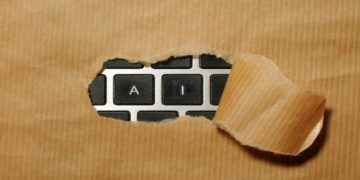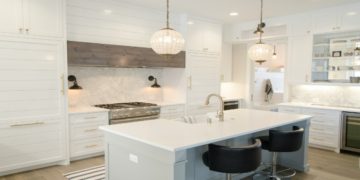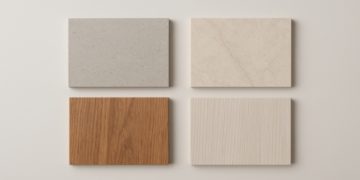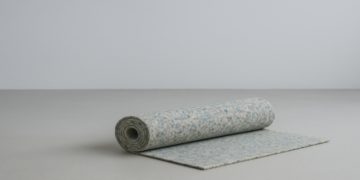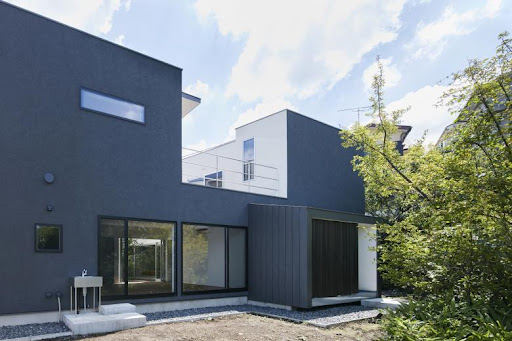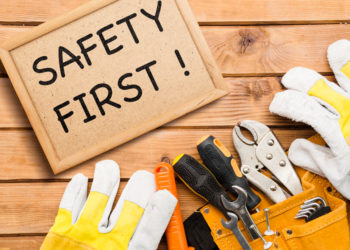Table of Contents
1. Introduction to Passivhaus Standards
2. Understanding Energy Efficiency in Homes
3. Characteristics of Passivhaus Certified Windows and Doors
4. The Role of Wolfline Aluminium Doors & Windows in Energy Efficiency
5. Advantages of Using Passivhaus Certified Products
6. Installation and Maintenance Considerations
7. Case Studies: Successful Implementations
8. Future Trends in Energy-Efficient Building Practices
9. How to Choose the Right Passivhaus Certified Windows and Doors
Introduction to Passivhaus Standards
The term “Passivhaus” refers to a rigorous standard for energy efficiency in buildings, aimed at reducing their ecological footprint. Originating in Germany, this standard has gained global recognition as a benchmark for sustainable architecture. It emphasizes the importance of quality building components, including windows and doors, which play a pivotal role in achieving the desired energy performance.
Passivhaus standards require that buildings maintain a comfortable indoor climate without the need for active heating or cooling systems. This is achieved through strategic design, high-quality insulation, and the use of certified components, particularly windows and doors that meet specific criteria.
Understanding Energy Efficiency in Homes
Energy efficiency is not merely a trend; it is an essential aspect of modern living that contributes significantly to environmental sustainability. In an energy-efficient home, resources are utilized judiciously, minimizing waste and reducing costs associated with heating and cooling.
Statistics indicate that nearly 40 percent of energy consumption in many countries comes from residential buildings. By implementing energy-efficient measures like Passivhaus certified products, homeowners can reduce their energy consumption dramatically. This not only lowers utility bills but also contributes to a more sustainable future.
Characteristics of Passivhaus Certified Windows and Doors
To meet the Passivhaus standard, windows and doors must exhibit specific characteristics:
1. Triple Glazing: Most Passivhaus certified windows feature triple-glazed glass, which provides superior insulation compared to traditional double glazing.
2. Low U-Values: These products have low U-values, indicating minimal heat transfer. This is crucial for maintaining indoor temperatures.
3. Airtight Seals: Effective sealing prevents drafts and air leaks, ensuring that conditioned air remains inside the home.
4. Thermal Bridge-Free Design: This design principle eliminates pathways where heat could escape, further enhancing energy efficiency.
5. Solar Gain Management: Many certified windows incorporate features that maximize passive solar gain while minimizing overheating in warmer months.
The Role of Wolfline Aluminium Doors & Windows in Energy Efficiency
Wolfline Aluminium Doors & Windows exemplify the high standards required for Passivhaus certification. Their products are designed with energy efficiency at the forefront, ensuring that homes can adhere to stringent energy performance guidelines.
Wolfline’s commitment to quality means that their windows and doors not only meet but often exceed the requirements set by Passivhaus standards. This ensures that homeowners can achieve significant energy savings while enjoying aesthetics and durability.
Advantages of Using Passivhaus Certified Products
Investing in Passivhaus certified windows and doors offers numerous benefits:
1. Comfort: Enhanced insulation and airtightness contribute to a consistently comfortable indoor climate throughout the year.
2. Cost Savings: Lower energy bills result from reduced heating and cooling needs, providing long-term financial benefits.
3. Environmental Impact: Utilizing certified products helps reduce greenhouse gas emissions associated with energy consumption.
4. Increased Property Value: Homes built or renovated with energy-efficient components often see an increase in property value due to their sustainability credentials.
5. Better Indoor Air Quality: Proper ventilation strategies integrated into the design help maintain healthy indoor air quality.
Installation and Maintenance Considerations
Proper installation is crucial for maximizing the benefits of Passivhaus certified windows and doors. Here are key considerations:
1. Professional Installation: Engaging experienced professionals familiar with Passivhaus standards ensures optimal performance.
2. Attention to Detail: Pay close attention to sealing techniques during installation to prevent air leaks.
3. Regular Maintenance: Regular checks for wear and tear will help maintain performance levels over time.
Maintaining these products doesn’t require extensive effort; however, proactive care will ensure they continue functioning effectively throughout their lifespan.
Case Studies: Successful Implementations
Numerous projects worldwide showcase the successful implementation of Passivhaus principles using certified windows and doors:
1. The Beddington Zero Energy Development (BedZED): This project demonstrates how incorporating Passivhaus certified products can lead to significant reductions in energy use while maintaining aesthetic appeal.
2. The Hockerton Housing Project: A pioneering eco-village in the UK where all homes utilize Passivhaus principles effectively, showcasing reduced energy consumption levels by over 80 percent compared to conventional homes.
These case studies highlight how integrating such standards can lead to excellent outcomes both environmentally and economically.
Future Trends in Energy-Efficient Building Practices
As awareness around climate change grows, the demand for energy-efficient buildings continues to rise. Future trends may include:
1. Smart Technology Integration: Incorporating smart home technologies can enhance control over energy usage.
2. Sustainable Materials: The focus on using recyclable or sustainably sourced materials will continue to grow.
3. Government Incentives: Increased emphasis on renewable energy incentives may encourage more homeowners to invest in certified products like those from Wolfline Aluminium Doors & Windows.
The evolution of building practices indicates a promising future for energy efficiency as society becomes more conscious of its ecological footprint.
How to Choose the Right Passivhaus Certified Windows and Doors
When selecting windows and doors for your home renovation or new build, consider these factors:
1. Energy Performance Ratings: Look for products with excellent U-values and other performance metrics that meet or exceed Passivhaus standards.
2. Aesthetic Compatibility: Ensure that your choices align with your overall design vision while still adhering to performance requirements.
3. Manufacturer Reputation: Choose reputable manufacturers like Wolfline Aluminium Doors & Windows known for their commitment to quality and sustainability.
4. Cost vs Value: Understand that while initial costs may be higher, long-term savings on energy bills make these investments worthwhile.
In summary, investing in Passivhaus certified windows and doors is a strategic decision for any homeowner looking to enhance energy efficiency while contributing positively to environmental sustainability. By choosing reputable brands like Wolfline Aluminium Doors & Windows, homeowners can ensure they receive high-quality products that align with modern standards for sustainable living.
This approach not only safeguards our planet but also enhances comfort, reduces costs, and adds value to properties—qualities every homeowner can appreciate as they embark on their journey towards an eco-friendly lifestyle.








